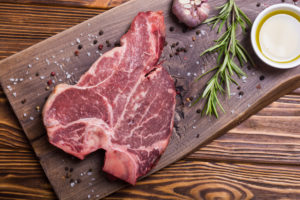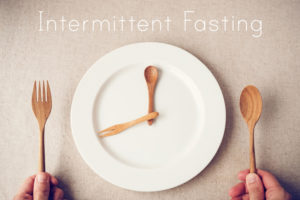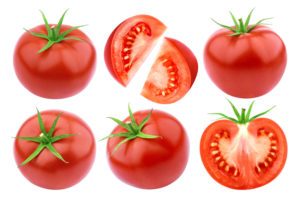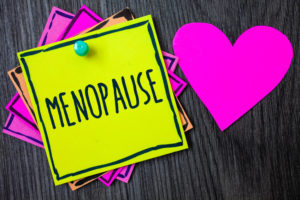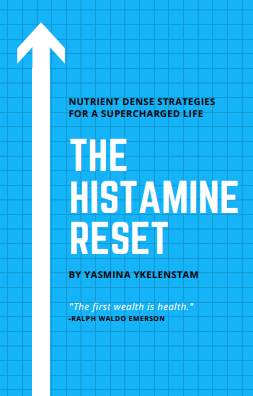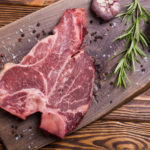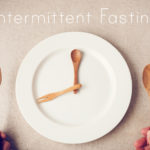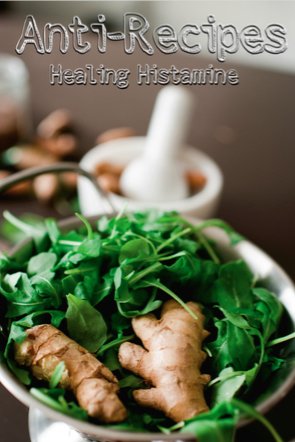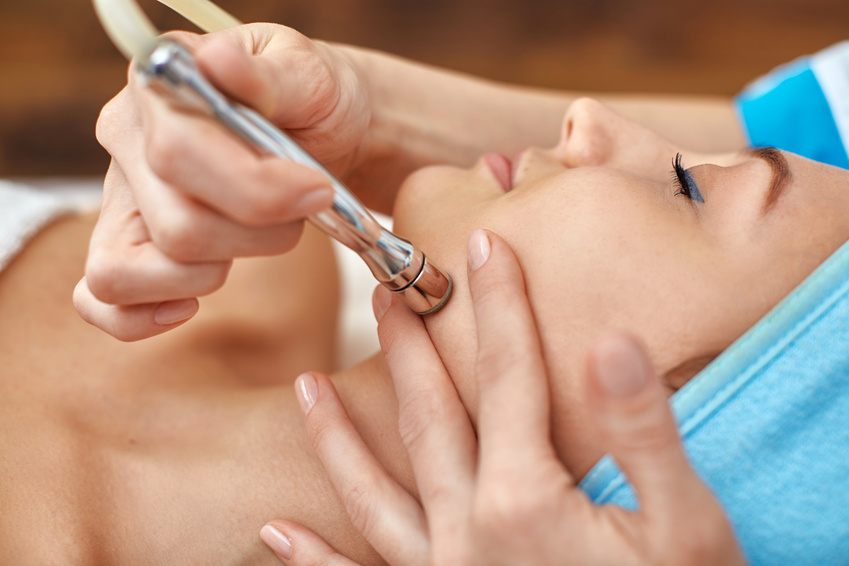
A photo recently posted on Instgram of my mother in her forties generated a great deal of comments regarding histamine and ageing. Specifically that many of us look younger than we are. Significantly younger. Though I passed through a rough patch of about a decade when I was really sick, and therefore most certainly did not look my best, nor my youngest, I now absolutely do not believe I look my age (41 in August 2016). So based on the flimsiest of ideas, that those with histamine issues look younger than they are, I decided to see if there was any science to it.
A number of animal studies point to a link between histamine and collagen production, and turnover. In particular, keloid and hypertrophic scars (an aggressive type of scarring) are believed to be the result of an over production of histamine.
And that’s probably why antihistamines have been shown to prevent the synthesis of collagen. The dysregulation of prostaglandin E2, found in mast cells where histamine also lives, has also been shown to contribute to abnormal scar formation. One study I read concluded that human mast cells generally increase collagen synthesis.
Now, that’s all well and interesting, and there may in fact be a relationship between looking younger and having excess histamine, but what’s the effect of long term inflammation on the body?
It’s not great.
A recent study of Japanese people over 100 years old found that, contrary to what we’ve been told in recent years, the best predictor of a long and healthy life is not telomere length, but levels of inflammation in the body. Scientists running the study found that lower levels of inflammatory agents released by mast cells in the blood meant longer life. The more mast cell activated inflammation in the body, the more age related disease and and shorter life expectancy.
In terms of skin, inflammation can accelerate fine lines, wrinkles, as well as causing enlarged pores, puffiness, sagging, blotchiness and reddening of the skin.
One of the keys to fighting inflammation is avoiding unhealthy fats like partially hydrogenated ones found in processed foods, cottonseed, palm, soy and corn oils, which can now even be found in “healthy” foods found on organic supermarket shelves. Eating anti-inflammatory foods, particularly ones rich in omega 3 fatty acids meanwhile has a significant anti-ageing effect on the body and brain.
Click here to find out how to create your own healing plan and histamine balanced diet.
The key to looking younger for longer seems to be the same as keeping our insides working well for as long as possible:
Eat healthy: a diet full of anti-ageing antioxidants (read my post on how antioxidants lower histamine here)
Sleep well: you’ll need to get on top of your histamine level for that (check out my post on melatonin here)
Exercise loads: but remember that the wrong kind of exercise can trigger histamine (read more here)
Moderate stress
Sounds like everything we’re already doing!
It’s finally here! Man Food – a high nutrient antihistamine and anti-inflammatory ingredient filled book geared towards guys, women who love to work out, yoga like they mean it, or just load up on healing nutrients. Features my personal shopping list of antihistamine and anti-inflammatory foods.
The Anti-cookbook and all liquid Anti-Detox Book, don’t treat any conditions, but feature a plethora of the high nutrient antihistamine and anti-inflammatory ingredients that have been instrumental in helping me feed myself on a limited diet. The Anti-cookbook features a four page list of antihistamine and anti-inflammatory foods and comes in regular and Paleo.
The Low Oxalate Cookbook features antihistamine and anti-inflammatory rich recipes.
Don’t miss the Low Histamine Beauty Survival Guide for non-toxic beauty tips, the skinny on histamine releasing (mast cell degranulating) beauty ingredients, antihistamine and anti-inflammatory beauty alternatives and the top brands natural brands I’ve found.
Take a peek at my other low histamine and antihistamine cookbooks for more high nutrient recipes
——REFERENCES—-
Khunger, Niti. “Chapter-18 Keloids, Hypertrophic and Bridging Scars.” Step by Step: Treatment of Acne Scars (2014): 218-24. Web.
Hatamochi, A., K. Fujiwara, and H. Ueki. “Effects of histamine on collagen synthesis by cultured fibroblasts derived from guinea pig skin.” Archives of Dermatological Research 277.1 (1984): 60-64. Web.
Garbuzenko, E., A. Nagler, D. Pickholtz, P. Gillery, R. Reich, F.-X. Maquart, and F. Levi-Schaffer. “Human mast cells stimulate fibroblast proliferation, collagen synthesis and lattice contraction: a direct role for mast cells in skin fibrosis.” Clinical Experimental Allergy 32.2 (2002): 237-46. Web.
Suzawa, Haruo, Shinji Kikuchi, Nobuhiko Arai, and Akihide Koda. “The Mechanism Involved in the Inhibitory Action of Tranilast on Collagen Biosynthesis of Keloid Fibroblasts.” The Japanese Journal of Pharmacology 60.2 (1992): 91-96. Web.
“Keloid.” Wikipedia. Wikimedia Foundation, 26 Mar. 2017. Web. 26 Mar. 2017.
“Hypertrophic Scar.” Wikipedia. Wikimedia Foundation, 26 Mar. 2017. Web. 26 Mar. 2017.


